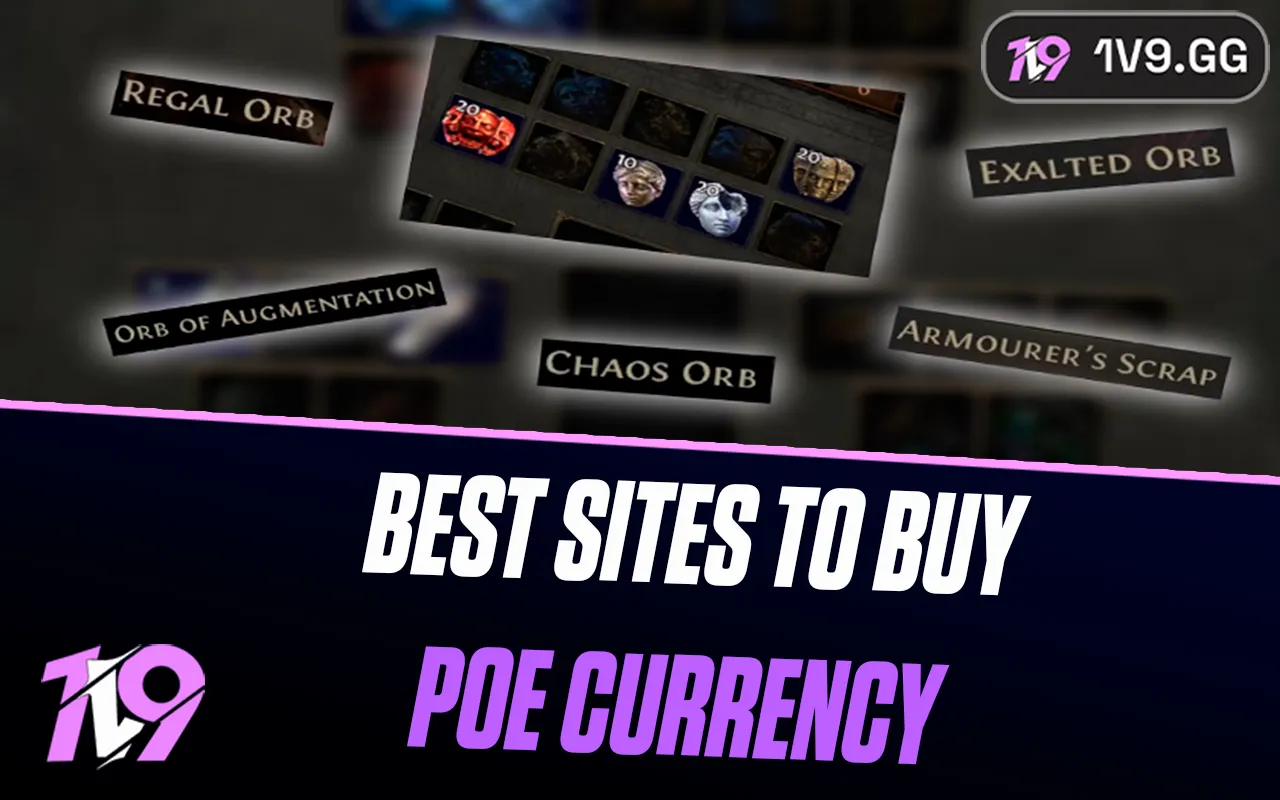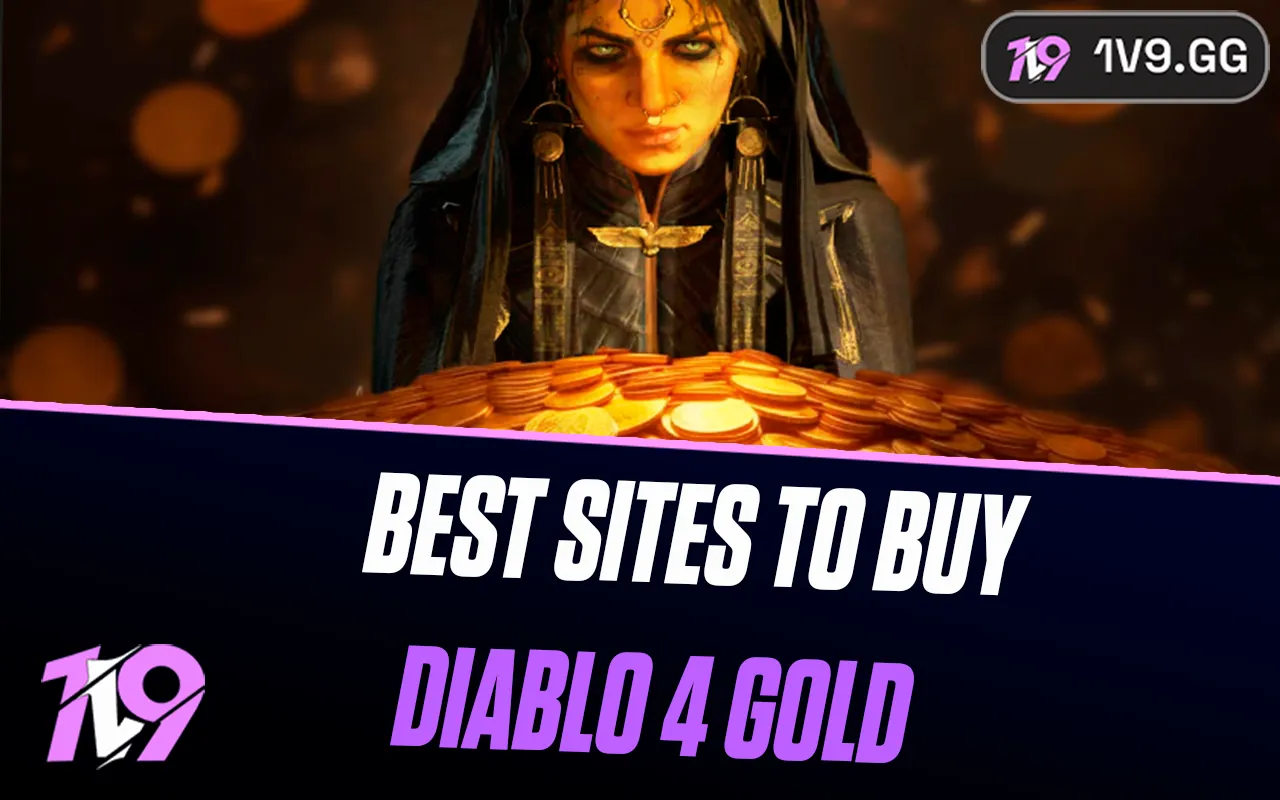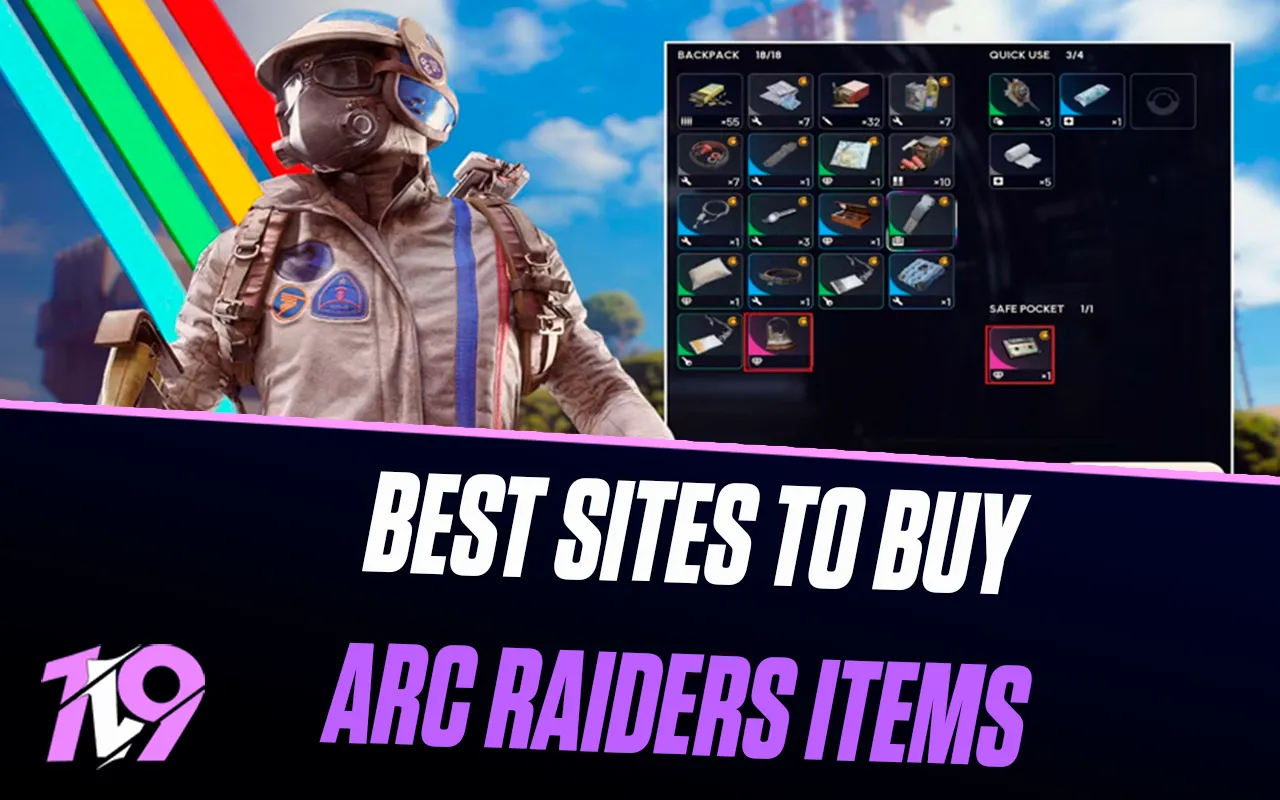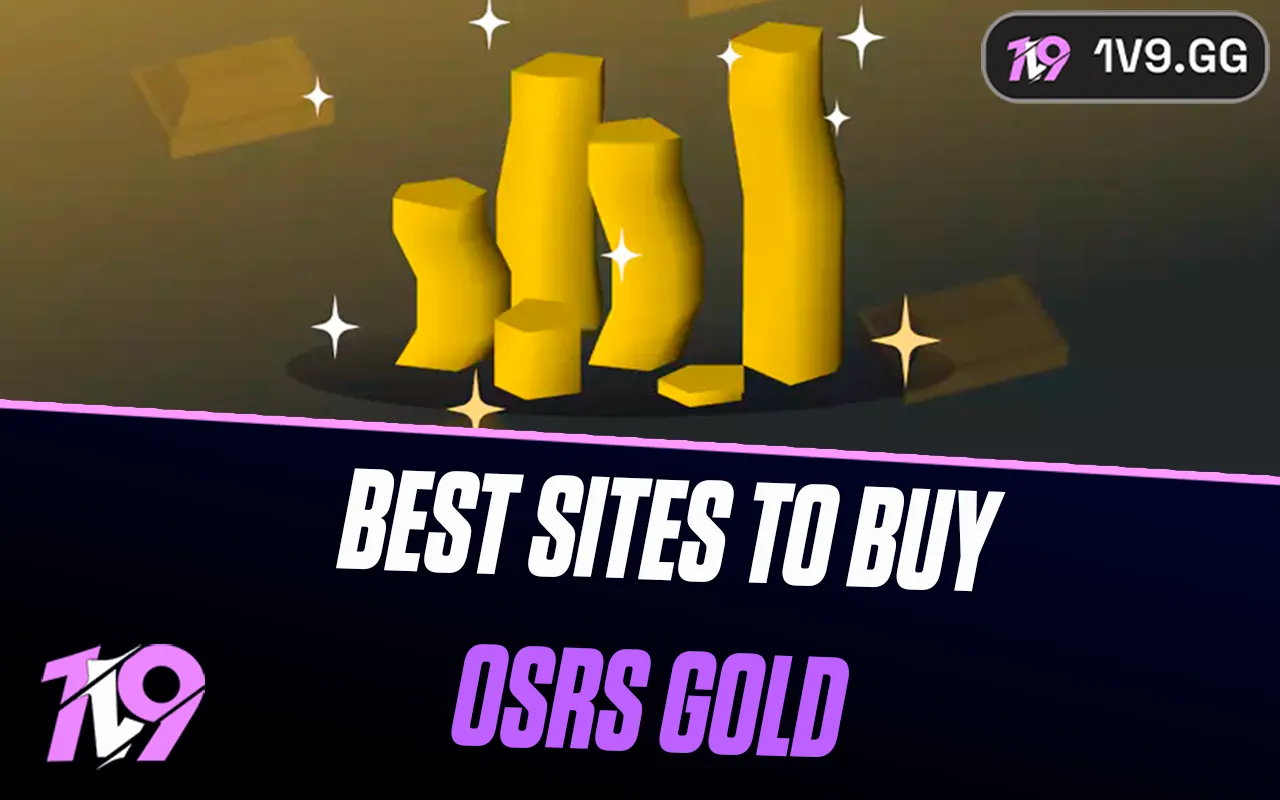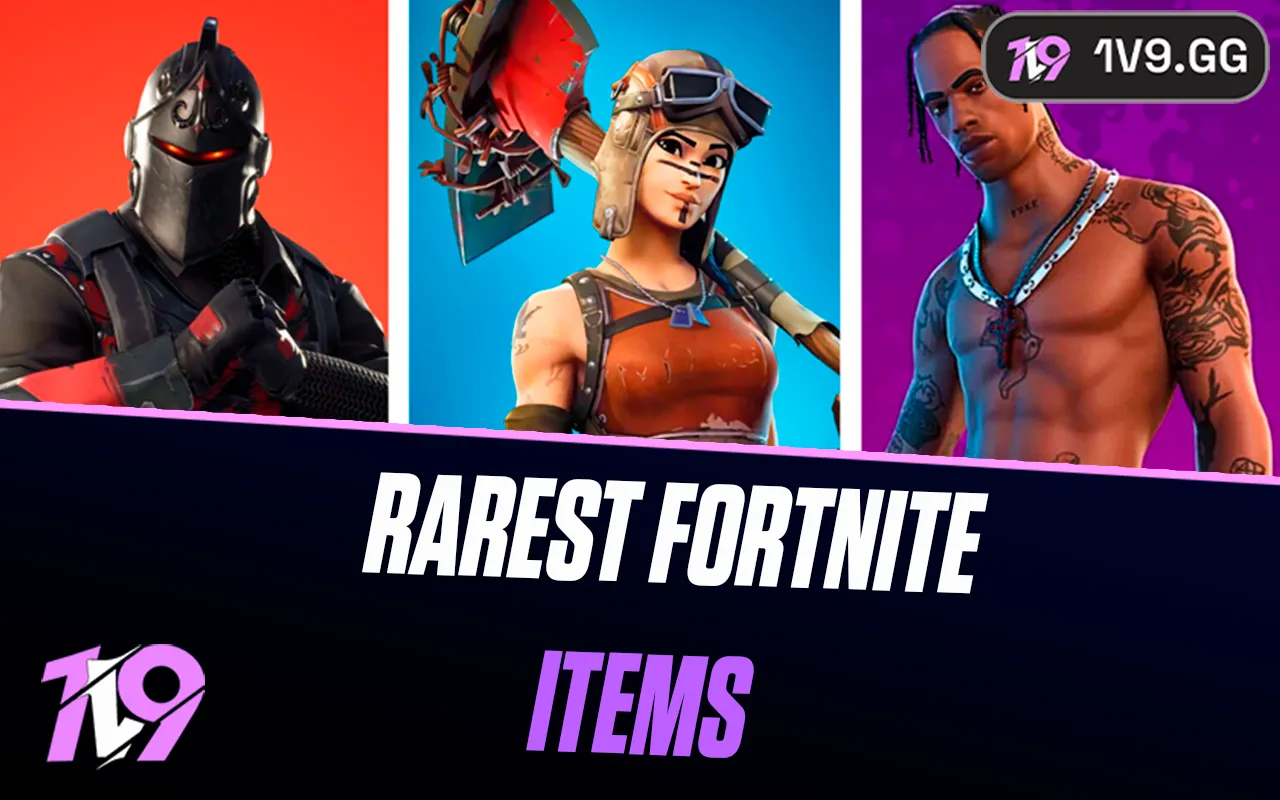
How to Play Diablo 4 - Complete Beginner Guide
Diablo 4 Season 5 is on the horizon, bringing new content and changes. Whether you’re stepping into the world of Sanctuary for the first time or returning after a break, our comprehensive beginner’s guide to Diablo 4 is here to help you navigate the complexities of this iconic hack-and-slash ARPG. This guide will walk you through the foundational game mechanics, from crafting and salvaging to efficient farming techniques. We’ll also delve into advanced strategies for the endgame, including mastering the Paragon board and optimizing your builds. Prepare to enhance your Diablo 4 experience, just in time for the exciting developments of the new season and upcoming DLC.
Picking Your Class

Choosing your class in Diablo 4 is both exciting and crucial, as it shapes your entire gameplay experience. Each of the five classes—Druid, Necromancer, Rogue, Sorceress, and Barbarian—offers unique playstyles and abilities, ensuring a variety of experiences.
While your initial class choice becomes your main as you navigate through the campaign for the first time, Diablo 4’s seasonal model offers flexibility. You can switch classes or start afresh with a new character in subsequent seasons, bypassing the need to replay the campaign.
To make an informed decision for your first journey into Sanctuary, consider exploring class-specific guides or watching gameplay videos. These resources can provide a deeper understanding of each class’s mechanics and help you align your choice with your preferred playstyle. This approach ensures that your first experience in Diablo 4 is both rewarding and enjoyable.
Should You Play Softcore Or Hardcore?
After selecting a class and personalizing your character, you face an important decision in Diablo 4: Should you play Softcore or Hardcore?
In Softcore, the consequences of death are minor; you respawn at the last checkpoint, and your items suffer some durability loss. This mode allows for a more forgiving and experimental gameplay experience.
Conversely, Hardcore mode presents a high-stakes challenge: if your character dies, they are permanently removed from the game. This mode is typically suited for veteran players or those looking for a thrilling risk in their gameplay. It might also be an appealing option for an alternate character in later seasons, once you’re more comfortable with the game mechanics and risks involved.
Should You Play On World Tier 1 Or World Tier 2 For Efficient Leveling?
Deciding whether to start Diablo 4 on World Tier 1 or World Tier 2 depends on your preference for game difficulty and leveling speed.
World Tier 1 offers a smoother and faster leveling experience, ideal for solo players or those looking to progress quickly without a significant increase in difficulty. This tier doesn’t negatively affect the quality of loot received, making it an efficient choice for new players.
On the other hand, World Tier 2 presents a greater challenge and is often better suited for players who prefer team play or want to test their builds against tougher enemies early on.
Ultimately, the choice is yours. Given that this is the first new installment in the Diablo series in over a decade, you might opt for World Tier 2 if you’re seeking a more demanding and rewarding initial experience.
How Do You Build Your Character?

In Diablo 4, crafting your character’s build revolves around strategic decisions made through skill tree selections and, post-level 50, navigating the complexities of the Paragon board.
Initially, as you gain experience, you’ll unlock nodes on your character’s skill tree. These nodes allow you to access new abilities, defining your character’s active skills and paving the way toward unlocking an ultimate skill. This early setup lays the foundation for your character’s combat style and approach to encounters within the game.
As you progress and reach higher levels, particularly after level 50, you will encounter the Paragon board—a more intricate system that offers deeper customization options. Here, you can further refine and enhance your character’s abilities, tailoring your build to suit your preferred playstyle and to meet the challenges of more advanced gameplay. This later stage introduces a layer of complexity that allows for significant differentiation and specialization within each class.
What Are All The Different Types Of Resources In The Game?

In Diablo 4, players can accumulate a variety of resources essential for gameplay progression right from the start. The primary currency is gold, obtained through defeating enemies and completing quests. Additionally, players can earn Murmuring Obols by participating in world events, which serve as another form of in-game currency.
Crafting materials range from common substances like Iron to rare Legendary Aspects, which are acquired by salvaging legendary items. Given the game’s abundance of resources, it’s wise to collect everything you encounter. This includes interacting with seemingly inconsequential environmental elements—such as bushes and rocks—as they might yield valuable items.
At the outset, prioritize salvaging over selling. Items sold for gold yield minimal returns compared to the potential benefits of the materials gained from salvaging, particularly with legendary items. These materials are crucial for crafting and enhancing equipment later in the game. Thus, make frequent trips back to town to salvage items and manage inventory effectively, ensuring you maximize the resources you gather for future use.
What Are Murmuring Obols?
Murmuring Obols are a unique form of currency in Diablo 4, utilized primarily to exchange for potentially powerful items at the Purveyor of Curiosities. Engaging with this system resembles a form of gambling, where players use their Obols in the hope of obtaining high-value gear. This mechanic can yield significant rewards, with many players reporting favorable outcomes.
These Obols have a cap on how many can be held at once, necessitating periodic spending to avoid reaching the limit. It’s advisable to accumulate Murmuring Obols until you approach this cap, then visit the Purveyor in town. There, you can spend your amassed Obols and take a chance at securing valuable items to enhance your gameplay experience. This strategy optimizes the utility of Murmuring Obols, making each visit to the Purveyor a potentially game-enhancing event.
Potion Upgrades, The Blacksmith, And The Occultist
Enhancing your gameplay in Diablo 4 involves strategic use of key NPCs and their services. The Alchemist, essential for potion upgrades, requires you to collect specific materials available as you progress through different levels. It’s efficient to gather these materials continuously during your adventures to avoid a last-minute scramble for resources when it’s time to upgrade.
At the Blacksmith, you can either upgrade or salvage your gear. Early in the game, it’s generally advisable to salvage rather than upgrade, due to the rapid turnover of equipment you’ll experience as you level up. This process provides you with valuable crafting materials needed for other enhancements.
Meanwhile, the Occultist plays a critical role in the later stages of the game. Here, you can extract Legendary Aspects from items, which can then be imprinted onto other gear, significantly boosting their power. This function becomes increasingly important as you prepare for high-level challenges and optimize your endgame build.
Character Progression

Navigating your character’s development in Diablo 4 can be tailored to your playing style. You have the option to streamline your journey by focusing primarily on the main quest line, or you can opt for a more comprehensive approach by tackling side quests along the way. Both strategies have their merits, depending on your preferred pace and exploration interests.
At level 15, each class encounters a pivotal class-specific quest that enhances their abilities, such as the Rogue gaining the capability to swap aspects mid-combat. It’s advantageous to prioritize this quest to maximize your character’s combat potential early on.
Further character progression can be achieved by locating all the Altars of Lilith scattered throughout the game. Engaging with these altars not only deepens your connection to the game’s lore but also provides significant boosts that can enhance your gameplay experience.
What Is The Renown System?
In Diablo 4, as you conquer each region’s challenges—from vanquishing world events to sweeping through dungeons and cellars—you accumulate Renown. This system rewards thorough exploration and completion of quests and collectibles within an area.
Earning Renown is crucial as it provides additional skill points, enhancing your character’s abilities and potency in battle. Therefore, it’s advantageous to fully engage with and master each region as you progress through the game, ensuring you unlock the maximum potential benefits from the Renown system.
What Is The Codex Of Power?
The Codex of Power in Diablo 4 is an essential collection of class-specific upgrades that players can unlock by completing certain dungeons. Each class has unique unlocks available, which significantly enhance gameplay and abilities. To maximize benefits, it’s advisable to strategically target dungeons that offer upgrades relevant to your character’s class during your initial campaign. This focused approach ensures you acquire the most impactful enhancements early on, boosting your effectiveness in various game challenges.
What Are World Bosses?
World Bosses in Diablo 4 are massive, communal challenges that occur at scheduled intervals throughout the day. Participating in these events is crucial for players of appropriate levels, as defeating these formidable enemies provides substantial rewards and gear upgrades. Engaging with World Bosses is not only a test of skill and cooperation but also a lucrative opportunity that can significantly enhance your character’s capabilities.
Is There PVP In Diablo 4?
Diablo 4 introduces a dynamic PvP zone known as the Fields of Hatred. This area blends player-versus-player (PvP) and player-versus-environment (PvE) elements into an intense extraction-style experience. Players can venture into these fields to battle both NPC enemies and other players. The goal is to collect valuable loot and successfully extract it from the area. While you can focus solely on PvE to collect rewards, engaging in PvP confrontations significantly enhances the rewards you can secure, adding an extra layer of challenge and excitement to the gameplay.
How Do You Get A Mount In Diablo 4?
In Diablo 4, mounts become accessible as you progress through the main campaign, specifically when you undertake a quest named “Mount: Donan’s Favor.” This quest unlocks after you’ve advanced sufficiently in the storyline, offering you your first opportunity to acquire and use a mount for faster travel across the expansive world of Sanctuary.
Conclusion
This comprehensive beginner’s guide for Diablo 4 offers everything you need to get started with confidence in the game. From selecting the right class to understanding the complexities of world tiers and the importance of resources like Murmuring Obols and the Codex of Power, we’ve covered the essential aspects to help you navigate the early and endgame challenges effectively. Whether you’re a series newcomer or a returning veteran, this guide is designed to equip you with the knowledge to enjoy and excel in Diablo 4. Dive in, explore with purpose, and prepare to conquer the dark and mystic world that awaits you.Discover the essentials of Diablo 4 with our complete beginner guide. Learn about class selection, game mechanics, resource management, and tips for mastering both the early and endgame.
Posted On: August 13th, 2024
Recent Articles
💬 Need help?
Our 1v9 support team is available 24/7 to help you with any questions or issues you may have.
support@1v9.gg
Loading...
1v9.gg is not endorsed or affiliated by any game developers or publishers.
2025 1v9, All Rights Reserved, Created By NightDev


